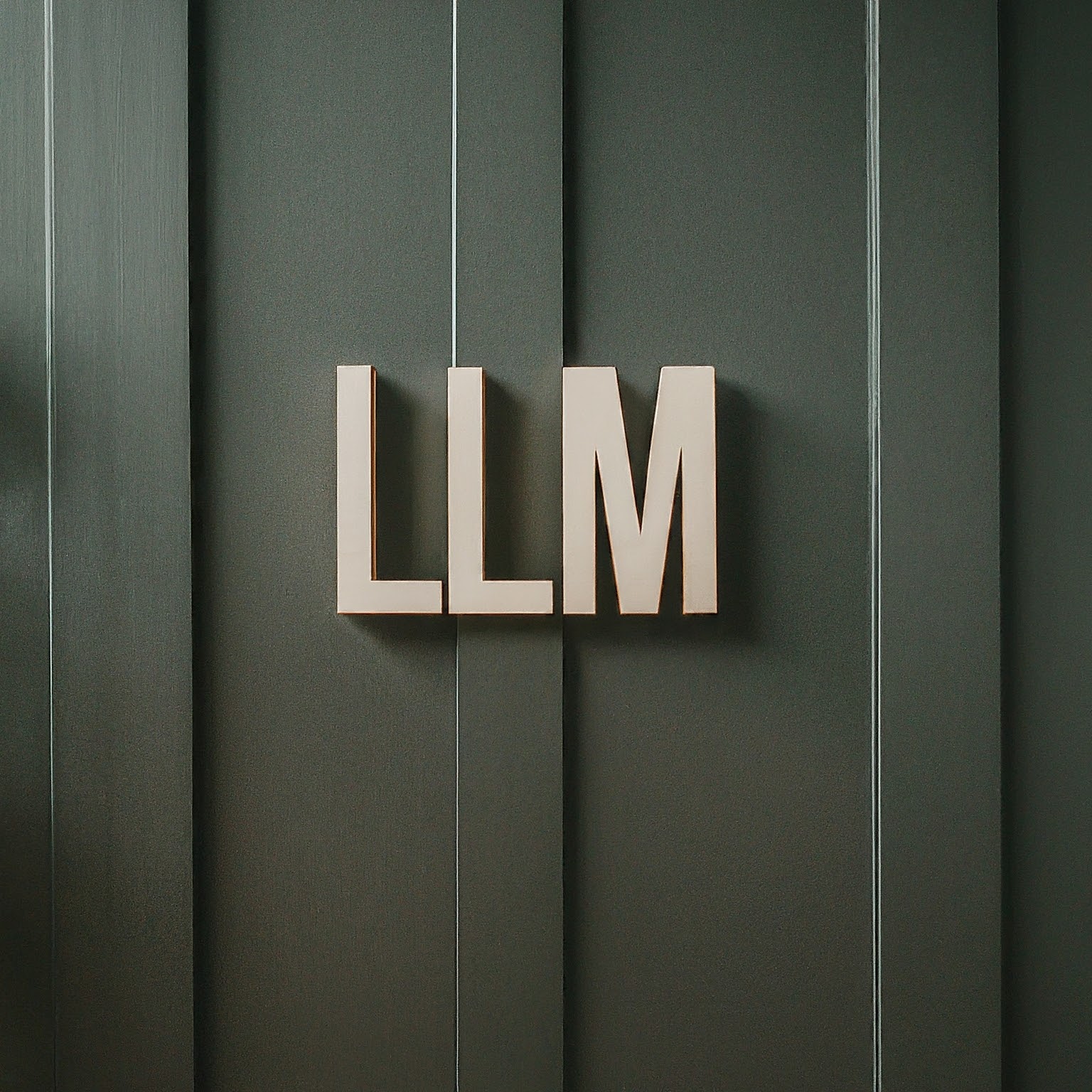Understanding LLM Fine-Tuning vs. Training: A Simple Guide
Hey there! If you’re diving into the world of large language models (LLMs) and are wondering about the differences between fine-tuning and training from scratch, you’re in the right place. Let’s break it down in a straightforward, human-friendly way.
What is an LLM?
First things first, a large language model (LLM) is a type of artificial intelligence that understands and generates human language. Think of it as a super-smart assistant that can write essays, answer questions, translate languages, and more. But how do we get these models to be so smart? That’s where training and fine-tuning come into play.
Training an LLM from Scratch
Imagine you want to teach a child about the world. You’d start from the very basics, right? Alphabet, numbers, simple words, and then slowly move to more complex ideas. Training an LLM from scratch is kind of like that, but on a massive scale.
Steps to Train an LLM:
- Data Collection: First, you need a ton of information. Imagine trying to teach a child everything about the world—you’d need books, articles, conversations, and more. Similarly, for an LLM, we gather a huge dataset that covers a wide range of topics.
- Preprocessing the Data: Just like you’d clean up messy notes before studying, we clean and organize this data. This step involves getting rid of unnecessary stuff, formatting it properly, and making sure it’s all in a language the model can understand.
- Model Initialization: Think of this as setting up the basic structure of our “brain.” We define the layers and pathways through which information will flow.
- Training: Now, we feed the data to our model. The model tries to understand patterns and make predictions. When it gets things wrong, we tweak it a bit, just like correcting a child’s mistakes and helping them learn. This step is resource-heavy—it needs a lot of computational power and can take a long time.
- Evaluation and Iteration: We constantly check how well our model is doing and make adjustments. If it’s struggling in certain areas, we go back, tweak things, and try again until it gets better.
Fine-Tuning an LLM
Now, let’s say you have a smart teenager who already knows a lot about the world, but you want them to excel in a specific subject, like biology. Instead of starting from scratch, you’d focus on biology books, experiments, and specific knowledge in that field. That’s what fine-tuning is all about.
Steps to Fine-Tune an LLM:
- Pre-Trained Model: You start with an LLM that’s already been trained on a vast amount of general information. It’s like having a teenager who’s already quite knowledgeable.
- Task-Specific Data Collection: Next, you gather data specific to your task or subject. If our goal is biology, we collect biology textbooks, research papers, and relevant materials.
- Fine-Tuning Process: We then train our pre-trained model on this specific data. The model adjusts itself based on this new, focused information, improving its performance in this particular area. This step is faster and less resource-intensive compared to training from scratch.
- Evaluation and Adjustment: Finally, we test our fine-tuned model to see how well it performs in the specific task. We might need to make a few adjustments to perfect its abilities.
Key Differences Between Training and Fine-Tuning
- Data Requirements: Training from scratch requires a huge, diverse dataset, while fine-tuning needs a smaller, more specific dataset.
- Computational Resources: Training from scratch is very resource-intensive, taking a lot of time and computing power. Fine-tuning is quicker and needs less computational power.
- Purpose: Training from scratch builds a general-purpose model. Fine-tuning tailors an existing model to perform exceptionally well on a specific task.
- Starting Point: Training starts with an untrained model. Fine-tuning begins with a pre-trained, knowledgeable model.
Why Does This Matter?
Understanding these processes is crucial if you’re working with AI. If you need a model for a specific task and don’t have the resources to train from scratch, fine-tuning is your best friend. On the other hand, if you’re looking to create a brand-new model with unique capabilities, you might need to start from scratch, keeping in mind the resource requirements.
In essence, fine-tuning and training are like raising and educating a child. You can start from the very beginning, or you can take someone who’s already well-educated and help them specialize. Both methods have their place and choosing the right one depends on your goals and resources.
So, next time you’re working with an LLM, you’ll know exactly whether to start from scratch or just fine-tune an existing model to perfection!




